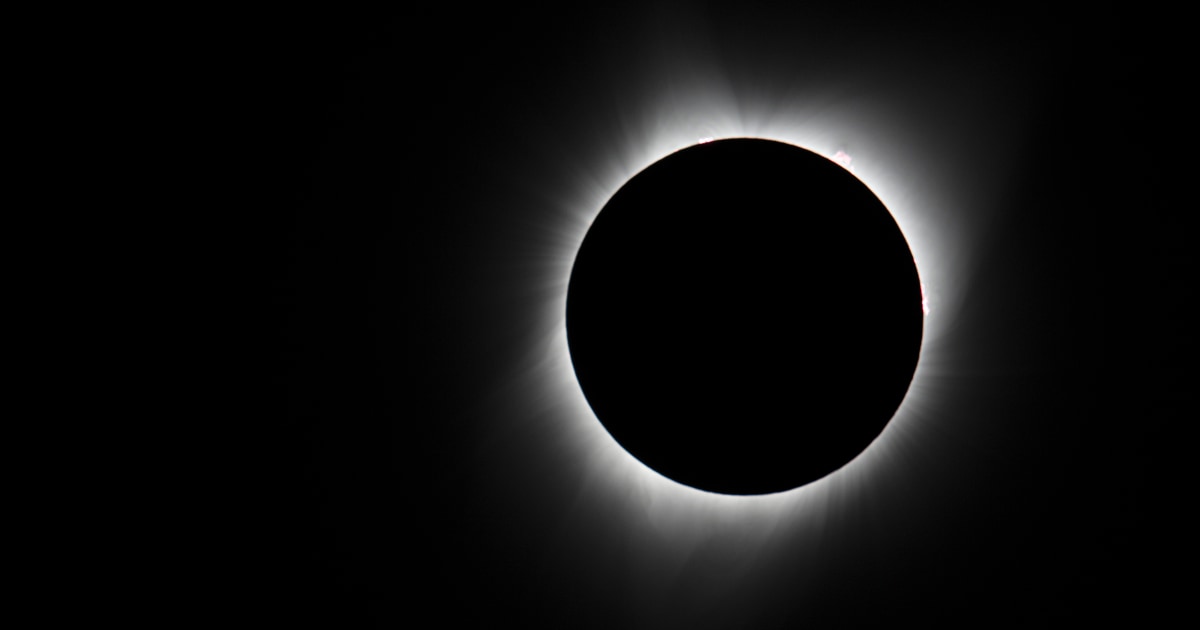Solar Orbiter spacecraft delivers spectacular images of the Sun: flares, poles and "hedgehogs"
Created: 05/27/2022, 15:42
By: Magdalena von Zumbusch
The European Space Agency ESA has taken new impressive pictures of the sun and also provides new insights through the recordings.
Paris - The "Solar Orbiter" probe was deployed by the European Space Agency based in the French capital and is providing new images of the sun.
The primary objective of the European Space Agency's mission is to better understand how the sun affects our weather on Earth.
Probe "Solar Orbiter": Closest to the sun in March 2022 - "only" 48 million kilometers away
Despite its central role at the center of our solar system, the sun has mostly only been studied from afar, for obvious reasons.
Only a few probes have made it relatively close to the sun to take pictures there.
This included the "Solar Orbiter", the probe of the European Space Agency ESA, which was sent to the sun in February 2020.
The "Solar Orbiter" spacecraft provided spectacular images of the sun.
(Illustration) © ATG medialab/dpa
On March 26, 2022, according to the German Press Agency, it was at the smallest distance from the sun: It flew past the sun at a distance of only about 48 million kilometers - that is less than a third of the distance between the earth and the sun .
"Only three space probes have ever come closer to the sun - but none of them with imaging instruments that look at the sun," reported the Max Planck Institute for Solar System Research (MPS) in Göttingen.
Incidentally, the planet Mercury, which is closest to the Sun, was also recorded by a probe a few months ago.
"Solar Orbiter": observation of the sun with six scientific instruments
"Solar Orbiter" uses six scientific instruments to observe the surface, atmosphere and surroundings of the sun.
Four other instruments measure the particles and electromagnetic fields around the spacecraft.
According to the MPS, which is involved in four instruments of "Solar Orbiter" and in the evaluation of the data, all instruments were in operation in the days surrounding the most recent flyby of the sun.
also read
"Chained to tables": Survivors tell of re-education camps in China
Depeche Mode: Keyboarder Andy Fletcher died - First insider statements on the cause of death
The probe was in orbit around Mercury, about 42 million kilometers from the Sun.
This corresponds to about a third of the distance between the earth and the sun.
During the orbit, the probe's heat shield heated up to around 500 degrees Celsius.
However, the heat is dissipated using an innovative technology to ensure the safety and operation of the probe.
However, due to the currently large distance between the space probe and the earth, the data transmission rate is low.
So far, only part of the measurement data recorded has reached Earth.
These were viewed by the scientific teams.
Further data are still awaited.
Solar Orbiter Records: Solar Flares and Solar Hedgehogs
The material that has already arrived from the probe, however, provides unexpected images: the almost unreal images show, for example, solar eruptions, so-called "flares", which can be traced back to electromagnetic processes within the sun.
Views of the sun's poles were also recorded.
The photos from the south pole of the sun are reminiscent of a sky overcast by dense rain clouds, from which the sun breaks out in some places.
The South Pole of the Sun, taken by the ESA/NASA "Solar Orbiter" spacecraft on March 30, 2022. © ESA & NASA/Solar Orbiter/EUI Team/dpa
Equally spectacular is the image of the so-called solar "hedgehog": A gas structure with a diameter of about 25,000 kilometers that spreads across the sun and looks like a hedgehog in the images due to numerous "spikes" of hot and colder gas.
ESA just beginning its analysis: "Solar Orbiter" promises extraordinary insights
Analysis of the new data set has only just begun.
Classification and understanding of the recorded phenomena will now be the main task, according to the ESA.
But it is already clear that the ESA-led mission will provide exceptional insight into the behavior of the Sun's magnetic field and how it affects space weather.
A solar phenomenon that will be visible even from Earth is a partial solar eclipse expected in October 2022.




